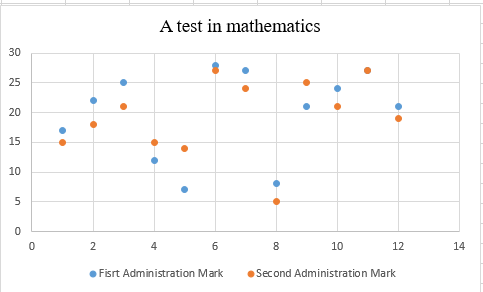There is a connection between the students’ grades obtained using this insrument and the teacher’s assessment of their abilities. Sometimes this connection can be influenced by the personal attitude of the teacher to the student. However, the teacher should be unbiased and evaluate only knowledge.
The questions should strictly correspond to the topic of the task since the answers to them affect the assessment that the student will receive. The Professional Testing Community adheres to the best practices and assesses the effectiveness of specific types of test use (Geisinger et al., 2017, para 1). In this test, the questions adequately reflect the knowledge and possession of information that will be evaluated.
The instrument is designed so that its elements logically and assess the students’ knowledge. The questions are designed in such a way as to help the student direct their thoughts in the right direction but not directly prompt. All the components of this instrument are built in a logical and correct chain to assess the level of knowledge as effectively as possible
This tool has been used several times in the process of teaching students. There are results for two tests conducted that show how the students ‘ indicators have improved or, conversely, worsened. These results are included in the scattering diagram and presented at the end of the work (Appendix A). In general, it is possible to say that there is a progression, but not all estimates have become better.
Different types of evidence are necessary in order to assess the quality of the developed tool. So far, there are only student results as evidence measuring this variable. In the near future, teacher evaluations and various types of correlations will be made to better measure this variable.
The format of the tool is quite suitable for assessing the knowledge and skills of students. The tests are convenient and versatile, they do not take much time, but at the same time, they give relatively accurate results.
Reference
Geisinger, K. F., Hawley, L. R., & McCormick, C. (2017). The validation of tests in higher education. In Handbook on measurement, assessment, and evaluation in higher education (pp. 147-160). Routledge.
Appendix A

Instrument Reliability
The grades for the second test should be higher than for the first since students have been studying this topic for some time. It is possible to say that the reliability of this test is high since it is possible to notice some progression in individual students. The type of evidence belongs to Content-Related because the tool fully reflects what it is intended to measure.
